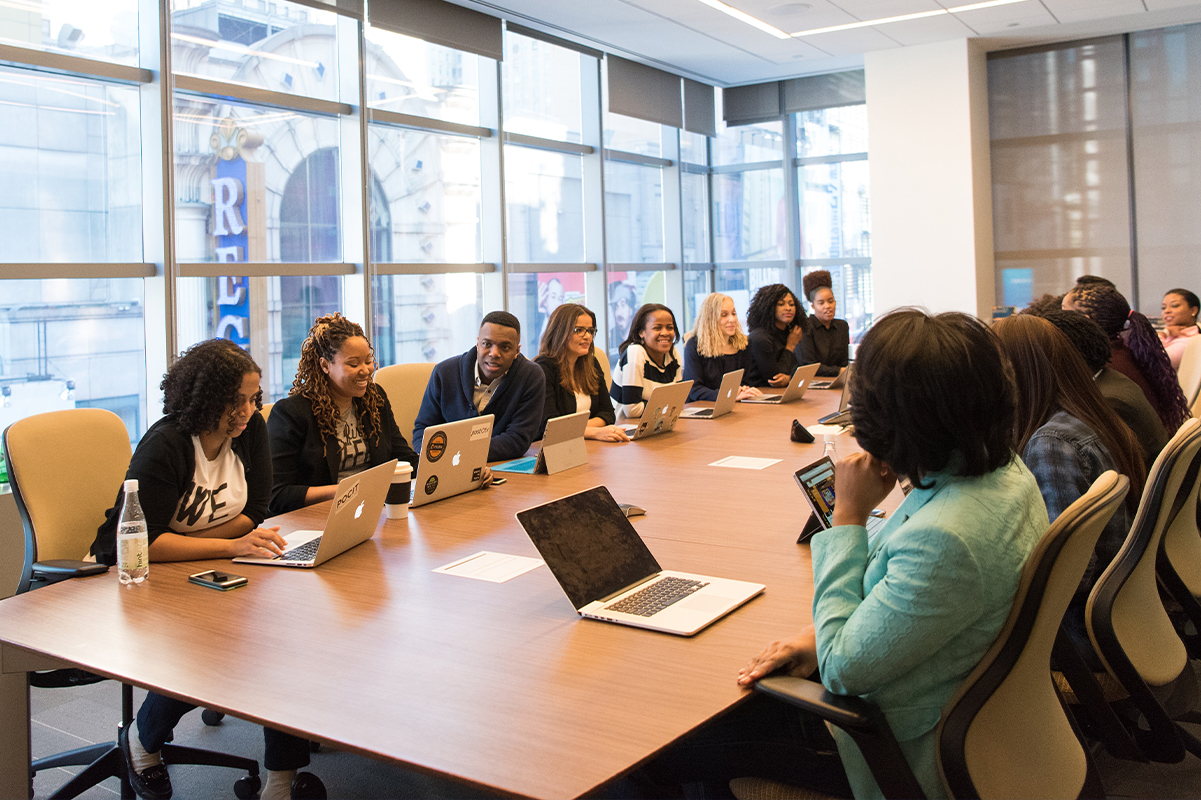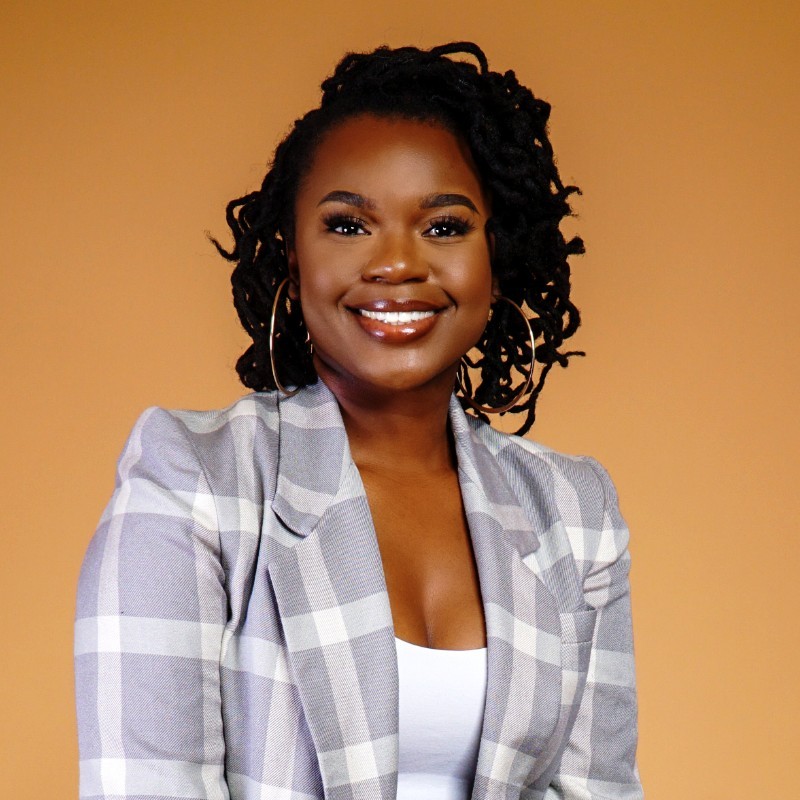The Natural Symmetry between DEI, Agile, and Quality by Design
May 23, 2022 Jordyne Blaise, Esq
Layering how the concepts work together
In our previous article ‘Why DEI is vital to Business and Quality‘, DEI was defined thematically as difference amongst individuals, groups, and ideas; the increase of justice and fairness within our procedures and processes; and the representation, voice, and full, meaningful participation of people that make up an organization. Today we’ll go one level deeper. When a company has worked to incorporate DEI into its DNA, you’ll find a culture that engages people across varying dimensions of difference, where their perspectives, contributions, and voice are both revered and valued, and where policies, programs, and initiatives are developed to increase fairness and eliminate systemic barriers. While much of this work happens at the systemic and broad organizational level, it must also be reflected in the attitude and behaviors of a company and its people.
Agile methodology is a framework rooted in iterative development - where solutions are developed through collaboration amongst cross-functional teams. One premise of an Agile methodology is to produce a daily habit: the most valuable work is always being performed on a daily basis. This allows for teams to adapt to changes in priorities, establish value production routinely over time, and pivot when needed to what is most important at the time. As some of our clients would say, “that requirement was so 9 AM.” Meaning, that it’s essential that teams don’t make the mistake of fixating macroscopically on a solution to the point that the input is outdated.
How can a company know what work is most important if a variety of voices and their perspectives are not included in the conversation? How many times have you heard a leader discuss addressing priorities without including the team that drives the population and prioritization of the backlog of work? If the answer to why we prioritize is “because they said so,” then the company is resting on the hope that in this instance they are correct. Hope is not a plan.
From the anecdotal evidence of our collective 35 years, we posit that Quality is often not equally represented in strategic conversations regarding manufacturing. Yet, they are often left holding the bag as the last line of defense. That leaves Quality in the position of “Goalie,” rarely, if ever, scoring, and only serving in a reactionary way. When something does go wrong (and it inevitably will), communication ends and finger-pointing begins. Diverse, equitable, inclusive, and agile teams don’t leave the best ideas at risk of being unheard. They are not bound by limitations of title, department, and hierarchy, and perhaps most importantly, they recognize the value of difference. If companies can successfully apply the principles of Quality by Design, Agile, and DEI, there is no limit to what they can achieve.
This insight was created with the help of Azzur Group's Innovation Lead IT Advisory Services, Brent Gendleman.
